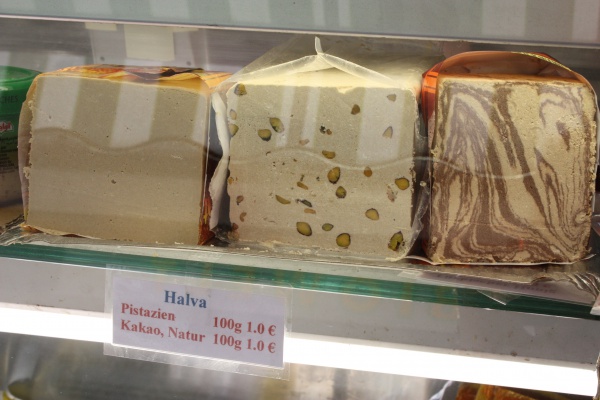Facts About Halva
Halva is a delectably dense, sweet treat with its origins in the Middle East and has garnered fans worldwide. You can relish it in regions such as Central and South Asia, the Balkans, the Caucasus, Eastern Europe, Malta, North Africa, the Horn of Africa, and among Jewish communities globally. The beauty of halva lies in its versatility—it can be made from flour-based ingredients like semolina or from nut butter bases such as tahini. Additionally, it can be crafted using beans, lentils, and even vegetables like carrots, pumpkins, yams, and squash.
The name "halva" is derived from a blend of languages, including Romanian Yiddish, Ottoman Turkish, and Arabic, all of which describe sweet confections. This delightful dessert boasts a long history, with mentions dating back to the 7th century, and over time, it has evolved into numerous delicious variations across different regions.
There are a few main types of halva, depending on the ingredients and preparation methods. Flour-based halva is made by cooking flour with sugar syrup, while nut butter-based halva is created by grinding oily seeds with sugar syrup. Among these, sesame and sunflower halva are particularly popular. Another interesting variety is floss halva, a lighter version made by pulling thin strands of the mixture.
Halva is not just a treat; it holds cultural significance in many countries. In India, for example, halva made from semolina is a beloved sweet, with regional twists and ingredients adding to its charm. In Iran, halva made from wheat flour and butter, often flavored with rose water, is a staple at formal events and ceremonies. In Israel, tahini halva is a favorite among Jewish communities worldwide.
Whether eaten as a dessert, part of a meal, or as a snack, halva is cherished in many cultures. You can find it in stores and restaurants around the globe, with each region offering its unique take on the recipe and flavors. Beyond its culinary appeal, halva also plays a role in cultural practices, such as ceremonies to honor the deceased in some countries.
So, the next time you come across halva, remember—you are not just enjoying a sweet treat; you are partaking in a rich tapestry of history and tradition that spans continents and centuries.

 Moldova
Moldova